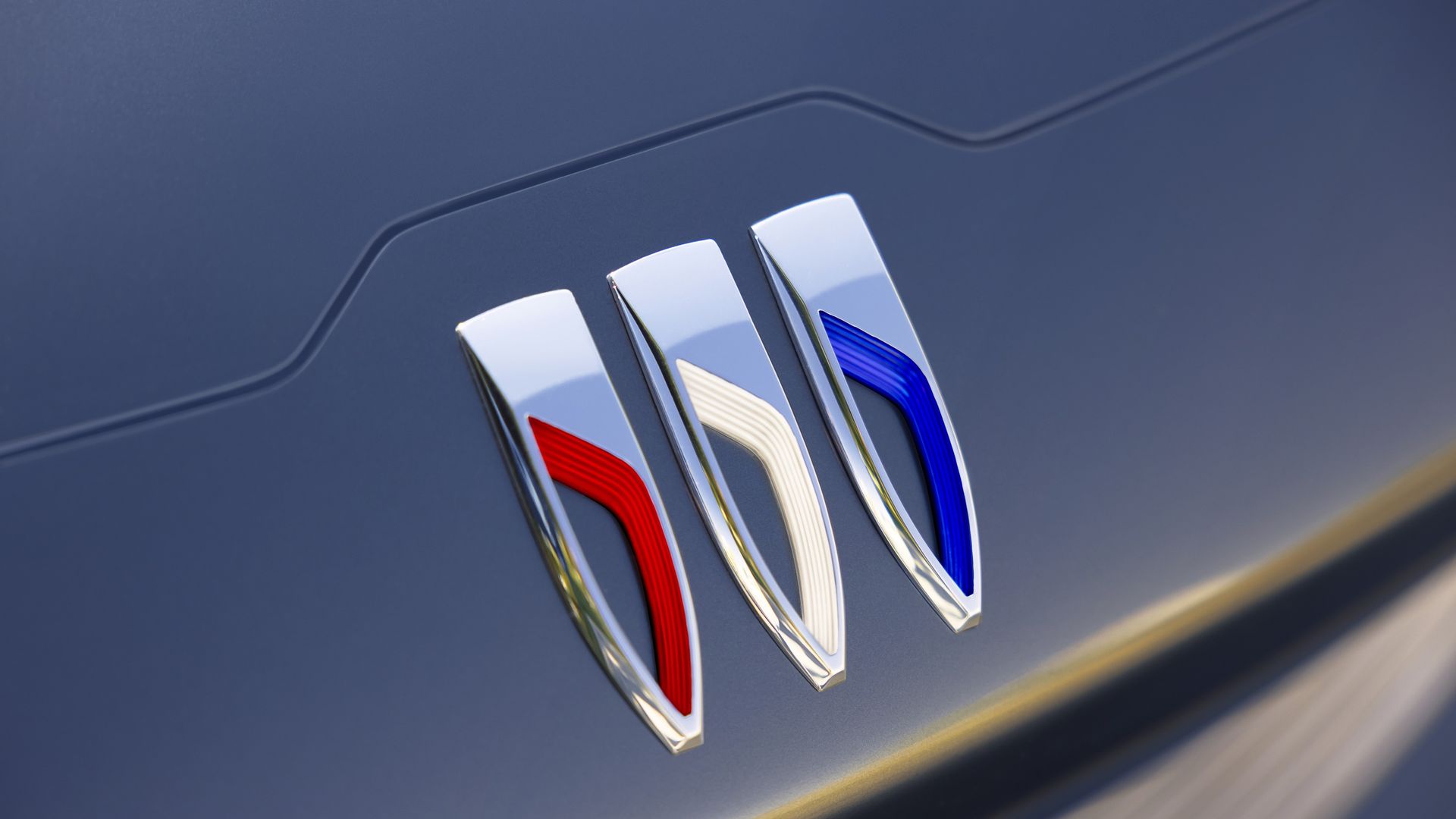| | | | | | | Presented By ExxonMobil | | | | Axios Generate | | By Ben Geman and Andrew Freedman · Jun 02, 2022 | | ☕ Good morning! Today's Smart Brevity count is 1,188 words, 4.5 minutes. 🚨 Saudi Arabia is ready to boost oil production if sanctions significantly cut Russian output, the FT reports this morning. 🥁 Happy birthday to late Rolling Stones drummer Charlie Watts, who died last year but lives on with today's intro tune... | | | | | | 1 big thing: Ambitious weather firm takes on new cash |  | | | Illustration: Aïda Amer/Axios | | | | First look: Salient Predictions, a new provider of weather intelligence for the energy, agriculture and insurance industries, has raised $5.3 million in a seed funding round, Andrew writes. Why it matters: The startup claims to have developed methods that make its long-range forecasts about twice as accurate as rival companies and government forecasts. How it works: The company is focusing on a time window from about two weeks to 52 weeks in advance — sub-seasonal to seasonal forecasting. - More accurate forecasts during this period would be valuable for companies trying to manage already stressed supply chains while facing an increasing onslaught of extreme weather.
Details: Salient counts BASF, the chemicals giant, among its early clients. - The firm is a spinoff of the research of its co-founder and president, Ray Schmitt, a veteran physical oceanographer at the Woods Hole Oceanographic Institution in Massachusetts.
Driving the news: Wireframe Ventures is leading the seed round, and it also includes Munich Re Ventures, Powerhouse Ventures and Endeavor8, among others. - Salient has been staffing up, having brought on Matt Stein as its CEO last year. He previously led global business development for Jupiter Intelligence, a large, independent climate intelligence company.
- It has also recently hired a head of energy, a chief technology officer and chief product officer, Stein told Axios.
The intrigue: Schmitt says that Salient's secret sauce comes from tapping into ocean data and knowledge that others have ignored and that it can spot some extreme events, such as 2021's Texas Freeze, 30 days in advance. - "I discovered there was basically untapped predictability in ocean variables that the meteorologists just weren't looking at," Schmitt told Axios. "And we're using that to do a better job beyond what you can get with the 10-day weather forecast."
Between the lines: The forecast period Salient focuses on is fraught with scientific difficulty and is known as a kind of valley of death for weather and climate forecasting. - Making big advances in accuracy for this time period has proved difficult, which makes some in the weather industry skeptical of Salient's claims.
Yes, but: With higher commodity prices, companies are hungry for more weather information, and there likely is demand for what Salient is offering, said a private weather company forecaster who declined to be named discussing a competitor. - "However, I have seen many bold claims come and go in this sector for many economic cycles back to the 1990s," this person said.
The bottom line: Schmitt told Axios the company is "very transparent" with clients about its forecast performance, comparing it with other firms and with government-run computer models and outlooks. - "They'll have an easy way to evaluate what we've done," he said. "And usually, we're about twice as accurate."
Read more |     | | | | | | 2. The world isn't digging enough for net-zero target |  Data: BofA Global Research; Chart: Thomas Oide/Axios Visuals Worldwide mining investment lags what's needed to support vast clean energy growth required to reach the most ambitious Paris Agreement target, Bank of America analysts warn, Ben writes. Driving the news: "The energy transition will not be cheap. To prevent metal shortages and achieve net zero, mining capex needs to nearly double," the BofA note states. - They note that capital spending has averaged $99.5 billion over the last decade.
- They also point out that "innovative technologies and recycling can also help."
Why it matters: It underscores how aggressive clean energy transition will require huge amounts of resources used in renewable power infrastructure, EV batteries, stationary storage, hydrogen and more. BofA says that while nickel and copper are well-known needs, there are over two dozen metals important for future technologies. Threat level: "Factoring in the current supply pipeline and investment plans, miners may struggle to prevent meaningful shortages, putting the net zero target at risk." |     | | | | | | 3. House GOP to unveil energy and climate plan |  | | | Illustration: Sarah Grillo/Axios | | | | House Republicans will float energy and climate proposals today that, per multiple reports, aim to boost fossil fuel production while avoiding tough emissions-cutting policies, Ben writes. Why it matters: The platform signals the types of policies the GOP may push if they win control of Congress in the midterm elections and then re-take the White House in 2024. Driving the news: Politico reports the strategy "calls for increasing production of all types of energy and sets no greenhouse gas targets," and will emphasize cutting pump prices. It focuses on cleantech innovation and streamlined permitting for both traditional and clean energy projects, it reports. Yes, but: The reportedly modest global warming plans come as scientists say aggressive emissions cuts and movement away from fossil fuels are needed to avoid some of the most dangerous effects of climate change. Quick take: The imminent plan shows that Republicans see a political need to show they have ideas on climate as well as gasoline prices. Go deeper: House Republicans to unveil conservative road map on climate, energy (Washington Post) |     | | | | | | A message from ExxonMobil | | Energy for today and solutions for tomorrow | | |  | | | | At ExxonMobil, we're working to supply the energy the world needs while also developing lower-emission fuels. Innovations like renewable diesel made from plants could reduce emissions from trucks by about three million metric tons per year compared to conventional fuels. | | | | | | 4. Buick's electric move and EV price competition |  | | | The new Buick logo. Photo courtesy of Buick | | | | General Motors' Buick brand will debut its first electric car in 2024 and intends to have an all-electric North American portfolio by 2030, Ben writes. What's next: While Buick showed off a coupe concept (and a new logo), marketing manager Rob Peterson tells the Detroit Free Press it's likely to remain an SUV-only brand. The intrigue: "The company is counting on its move to electric vehicles to help shake off its stodgy image as a maker of vehicles for senior citizens and to help attract new, younger buyers," CNBC reports. 💵 What we're watching: Speaking of EVs, yesterday also brought signs of the intensifying competition for the lower end of the market. - AP reports that Ford's CEO told a conference that the industry is "definitely heading to a huge price war."
- He sees automakers battling for sales of EVs in the $25,000 range, it reports.
- Meanwhile, CNN reports that GM has cut the Chevy Bolt price to $26,595, "making it the cheapest electric vehicle in the U.S."
|     | | | | | | 5. Power access progress and headwinds |  | | | Illustration: Eniola Odetunde/Axios | | | | Expansion of access to electricity and clean cooking fuels slowed in 2018-2020 due to "difficulty of reaching the remaining unserved populations and the potential impacts of COVID-19," a new report finds, Ben writes. Why it matters: "At the current rate of progress, 670 million people will remain without electricity by 2030 — 10 million more than projected last year," the International Energy Agency said. The big picture: That warning is a key finding in the annual report — from several multilateral agencies — on progress toward United Nations sustainable development goals. Read the whole report. |     | | | | | | 6. Here come big, electric, autonomous heavy trucks |  | | | A Caterpillar 725 retrofitted with SafeAI's autonomous hardware and software. Photo courtesy of SafeAI | | | | First look: Autonomy startup SafeAI is partnering with German industrial titan Siemens to create electric, autonomous heavy trucks for Japanese construction giant Obayashi, Axios' Joann Muller reports. Why it matters: Construction and mining companies are under pressure to reduce their carbon footprint, improve safety and lower costs. By electrifying and automating their fleets, they're leading an off-road transportation revolution that's just as important as the transformation of passenger cars. Zoom in: An Obayashi-owned, 45-ton Caterpillar 725 articulated dump truck will be converted into the world's first electric and autonomous heavy truck, SafeAI CEO Bibhrajit Halder tells Axios. - The two companies will then work with another partner, AVIA Engineering, to convert the rest of Obayashi's 300-plus trucks over the next three years.
The big picture: Retrofitting existing trucks is seen as a way to fast-track the adoption of sustainable technologies in heavy industries. Read the whole story. |     | | | | | | A message from ExxonMobil | | We're working to ensure energy security and advance innovation | | |  | | | | At ExxonMobil, we're working to produce the energy the world needs today, while developing new, engine-ready fuels for tomorrow. Solutions like renewable diesel, advanced biofuels, and eFuel made with captured CO2 could help reduce emissions by up to 85% compared to conventional fuels. | | | | 📬 Did a friend send you this newsletter? Welcome, please sign up. Thanks for reading and we'll see you back here tomorrow. |  | It's called Smart Brevity®. Over 200 orgs use it — in a tool called Axios HQ — to drive productivity with clearer workplace communications. | | | | | | Axios thanks our partners for supporting our newsletters. If you're interested in advertising, learn more here.
Sponsorship has no influence on editorial content. Axios, 3100 Clarendon Blvd, Suite 1300, Arlington VA 22201 | | | You received this email because you signed up for newsletters from Axios.
Change your preferences or unsubscribe here. | | | Was this email forwarded to you?
Sign up now to get Axios in your inbox. | | | | Follow Axios on social media:    | | | | | |










No comments:
Post a Comment